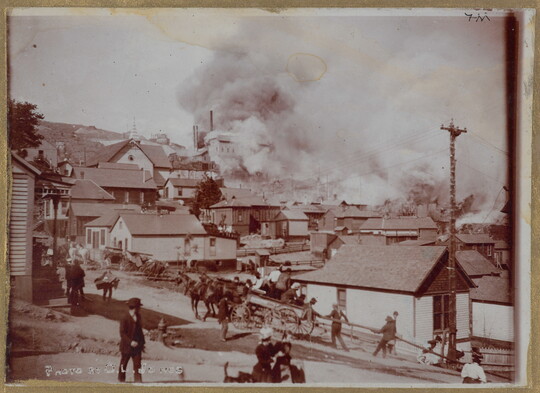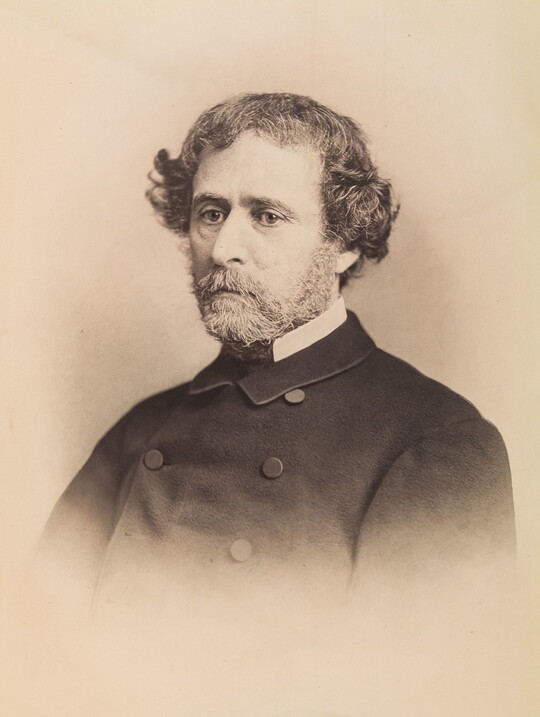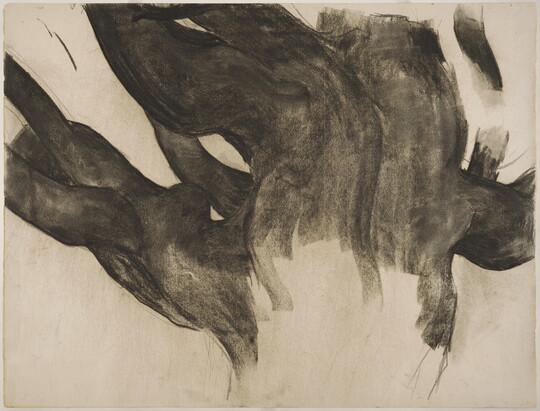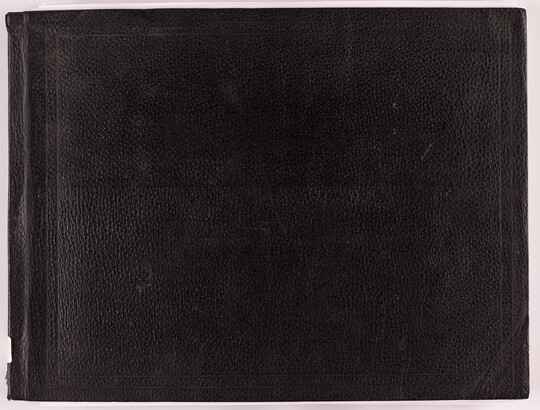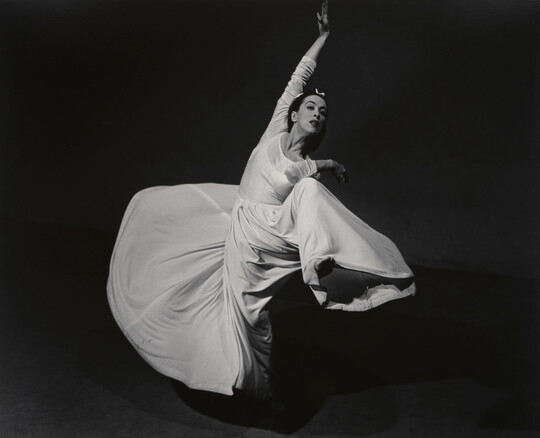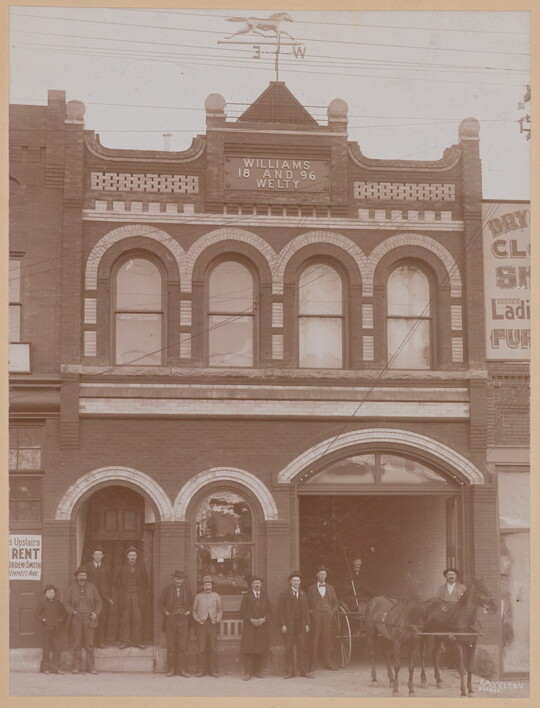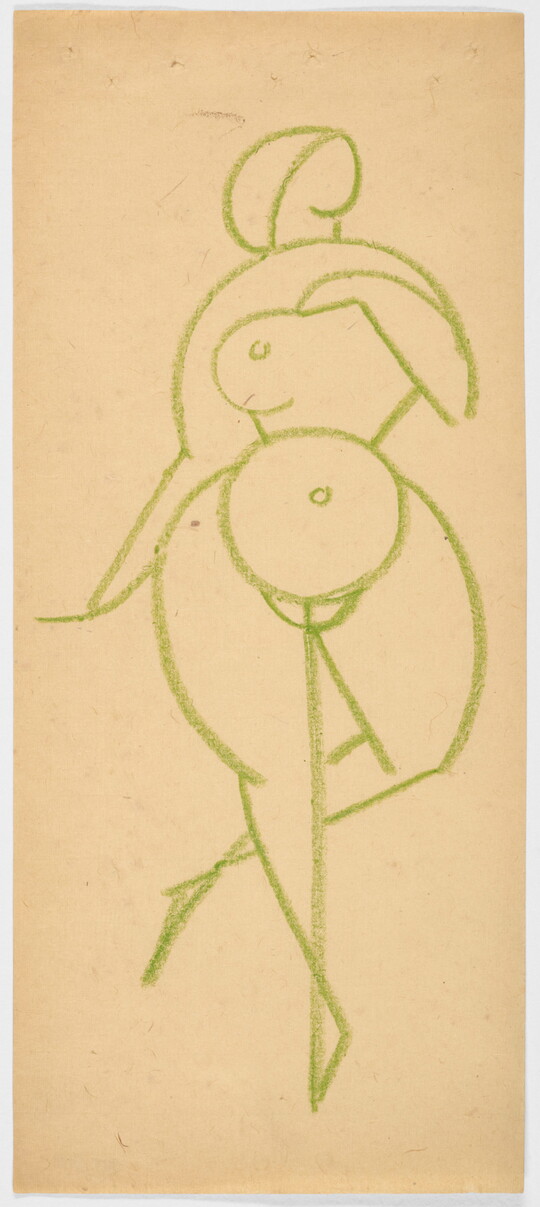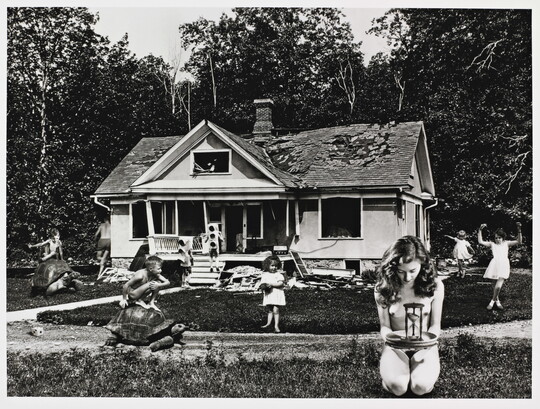


Artwork Images
Photo:
Controls
Rev. Peter Jones (Kahkewaquonaby)
Object Details
-
Date
1845
-
Object Type
Photographs
-
Medium
Salted paper print
-
Dimensions
Image: 8 x 5 7/8 in.
Mount: 16 15/16 x 14 in. -
Inscriptions
[None]
-
Credit Line
Amon Carter Museum of American Art, Fort Worth, Texas
-
Accession Number
P1979.38
-
Copyright
Public domain
Object Description
Peter Jones, also known as Kahkewāquonāby, spent the first 14 years of his life with his Mississauga Ojibwe mother, and then moved to live among Canadian settlers with his Euro-American father and Mohawk stepmother. After converting to Methodism at 21, he became an important leader, preacher, translator, and fundraiser. Elected a Mississauga chief in 1829, Jones spent decades ensuring the future of his people, whose population and land had dwindled precipitously. In many ways he was successful, establishing the Mississaugas of the Credit First Nation on land they still inhabit, but he was and remains a controversial figure among Ojibwe for his promotion of Christianity and European values.
Jones often toured Europe to fundraise for the Canadian Methodists and drew huge crowds, although he resented being treated as an exotic curiosity instead of a fellow Christian. Images, including this one, of him taken in Edinburgh on his 1845 trip are the oldest surviving photographs of an Indigenous North American.
—Text taken from the Carter Handbook (2023).
Additional details
Location: Off view
See more by David Octavius Hill
and
Robert Adamson
Tags
-
What is a portrait?
What artistic choices does a photographer make when creating a portrait?
What is the relationship between one’s portrait and one’s identity?
How do works of art reflect and impact the history of those who identify as Black, Indigenous, or people of color in the United States?
-
How would you describe the person you see here? What is his pose? What is he wearing? What objects does he have? What is the setting? What clues do we have that this is a planned portrait?
What is a portrait? What purpose does it serve? What makes a portrait successful?
The man in this photograph is Reverend Peter Jones (Kahkewāquonāby in Ojibwa), a chief in the Mississauga Ojibwa tribe. He was well-known during his life as a Methodist minister and translator of Christian texts to Ojibwa. This photograph was taken during a fundraising tour in Great Britain in 1845, where Revered Jones gave speeches and sermons to raise funds for the Methodist Church.
What do you believe we can learn about Reverend Jones from this portrait? What artistic choices were made to create such impressions? Think back to a time you had your portrait taken. What choices did you make in creating the image? Were there choices that the photographer made? In this portrait, we know that this was an outfit that Reverend Jones wore for his speaking tour. But it’s unclear who selected the setting, props, and pose. What effect might that information have on our interpretation of the image?
How do you believe this photograph impacts our understanding of Reverend Jones as a historical figure? Are there elements of his identity not apparent in this image?
What are the benefits of a photographic portrait like this one? What are the limitations?
What events in American history involving Native populations were happening around the time of this photograph? How might that history have impacted the creation of this photograph at the time it was made? What impact might this image have on viewers’ understanding of that history today?
-
Grades 5–12
Have students research Reverend Peter Jones (Kahkewāquonāby) and study other portraits of him. Ask students to select one of the other portraits to compare with Hill and Adamson’s photograph. Students should create a graphic organizer or essay response identifying the different strategies utilized in each portrait and their resulting effects.
Share Educator Resources
Amon Carter Disclaimer
This information is published from the Carter's collection database. Updates and additions based on research and imaging activities are ongoing. The images, titles, and inscriptions are products of their time and are presented here as documentation, not as a reflection of the Carter’s values. If you have corrections or additional information about this object please email us to help us improve our records.
Every effort has been made to accurately determine the rights status of works and their images. Please email us if you have further information on the rights status of a work contrary or in addition to the information in our records.
Related Works
-
[Hose team fighting fire in Cripple Creek], ca. 1896
J. B. Jones
Collodion silver print
P1976.11.124
-
Gen. John C. Fremont, ca. 1864
Mathew Brady Studio
Salted paper print with black wash
P1983.4
-
Drawing No. 18, 1919
Georgia O'Keeffe
Charcoal on paper
1997.2
-
[Album of Travels in Arizona, California, Colorado, Utah, Massachusetts, New York, and Mexico], ca. 1900-1910
Unknown
Album with 2 albumen silver prints, 1 chromolithograph, 1 cyanotype, 2 gelatin or collodian silver prints, 167 gelatin silver prints, 12 halftone prints, and 4 photochroms
P1975.151
-
[Explosion in mine, Cripple Creek], ca. 1896
J. B. Jones
Collodion silver print
P1976.11.123
-
Martha Graham - Letter to the World (Swirl), 1940
Barbara Morgan
Gelatin silver print
P1974.21.17
-
[Portrait of men standing in front of Williams and Welty building], ca. 1900
E. A. Yelton
Collodion silver print
P1976.11.122
-
Green Nude, ca. 1920
Gaston Lachaise
Crayon on paper
2018.4
-
The Time Game, 2011
Jane Hammond
Gelatin silver print
P2011.29


